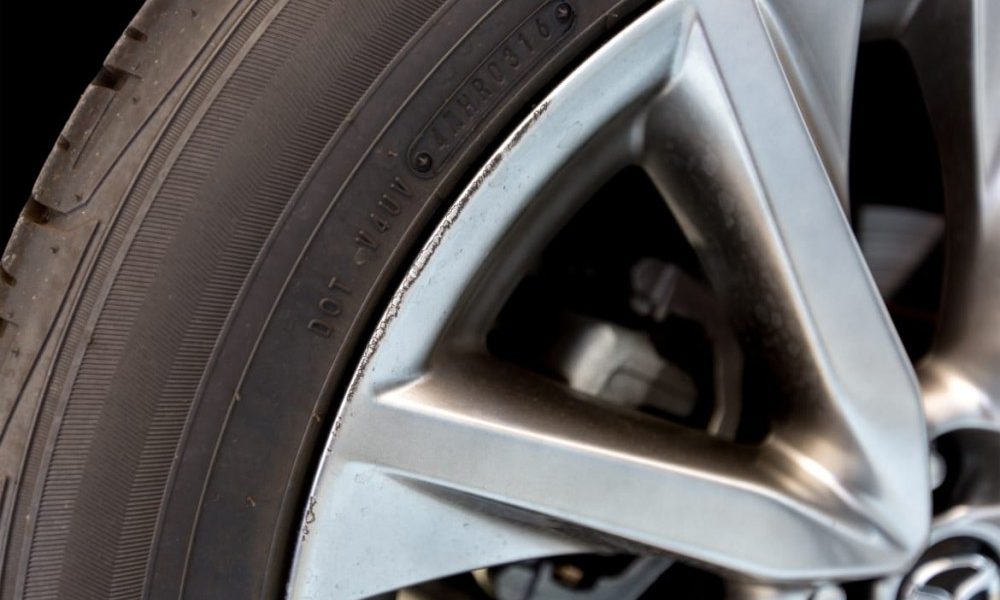Oh, the pain of hearing one of your expensive alloy wheels scrape against a curb because you slightly misjudged a parking maneuver. But unless you scored a direct hit that damaged the wheel structurally, the "curb rash" you caused probably can be fixed and the wheel restored to a like-new appearance.
As aluminum alloy and all-aluminum wheels have become standard or available on most new vehicles, growing demand for repair of "curbed" wheels has resulted in shops and services that provide restoration services, some of which will come to you and do the work in your driveway. The cost can vary depending on the amount of damage, the type of metal used in the wheel and whether it's painted and/or has a clear-coat finish, but it's generally far less than the cost of buying a new or used wheel.
The process to repair a curbed wheel also can vary but typically involves removing all dirt, paint and protective finishes. The damaged area has to be sanded, patched with filler if needed, and sanded or buffed to a smooth finish. Then the damaged area has to be primed, painted to match the original finish and topped with a clear-coat finish.
Those who have an artisan's touch and/or are a little daring can attempt to repair scuffs and other superficial damage themselves; do-it-yourself kits are available. Stories from do-it-yourselfers suggest the finished wheel might not match the others on your vehicle, especially for first-timers, but it might be preferable to the original rash.
Curbing a wheel can result in more than just cosmetic damage. Scraping off paint and clear-coat finishes on a wheel will allow oxidation and can cause pitting and corrosion. Leasing now accounts for more than 30 percent of new-vehicle sales, and unrepaired wheel damage will usually trigger excess wear-and-tear charges at the end of a lease.
Drivers who consistently curb their wheels should consider buying tires designed to protect rims. Typically marketed with names like rim protectors, flange shields or scuff guards, these tires either recess the wheel inside a wider sidewall or feature a protruding flange of rubber around the bead that protects wheels from curbs and even moderate potholes.



Leave a Reply